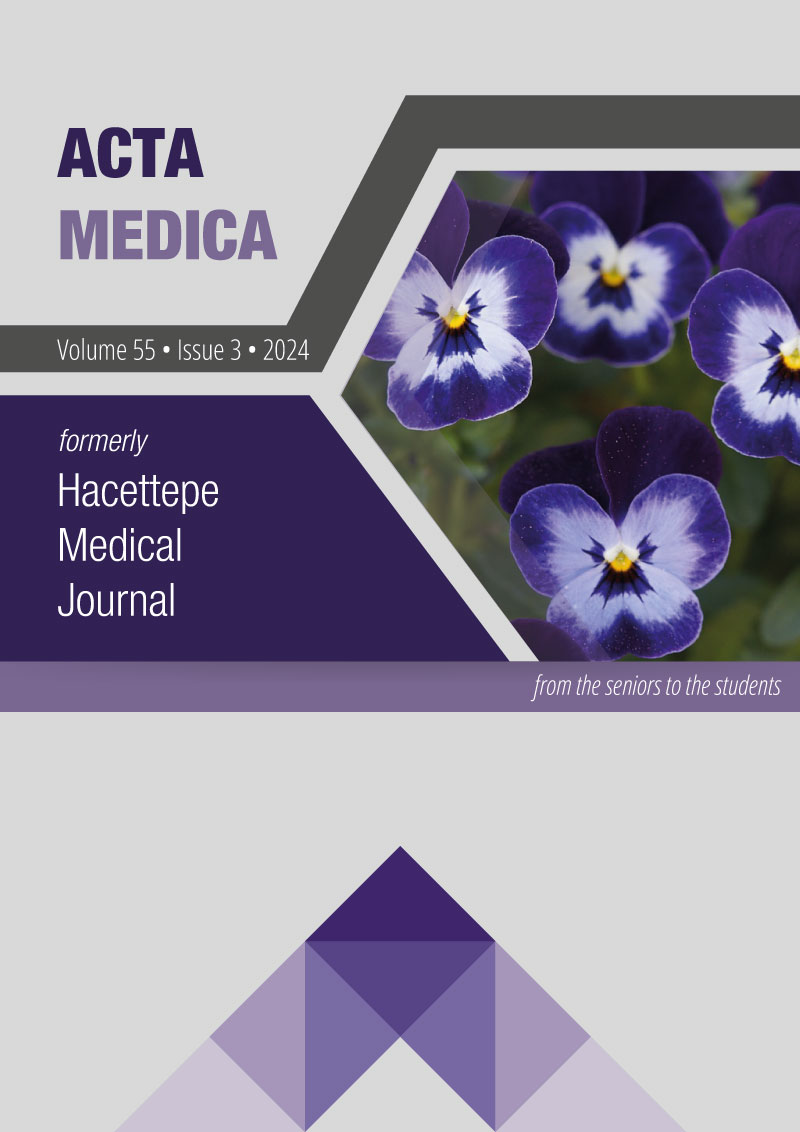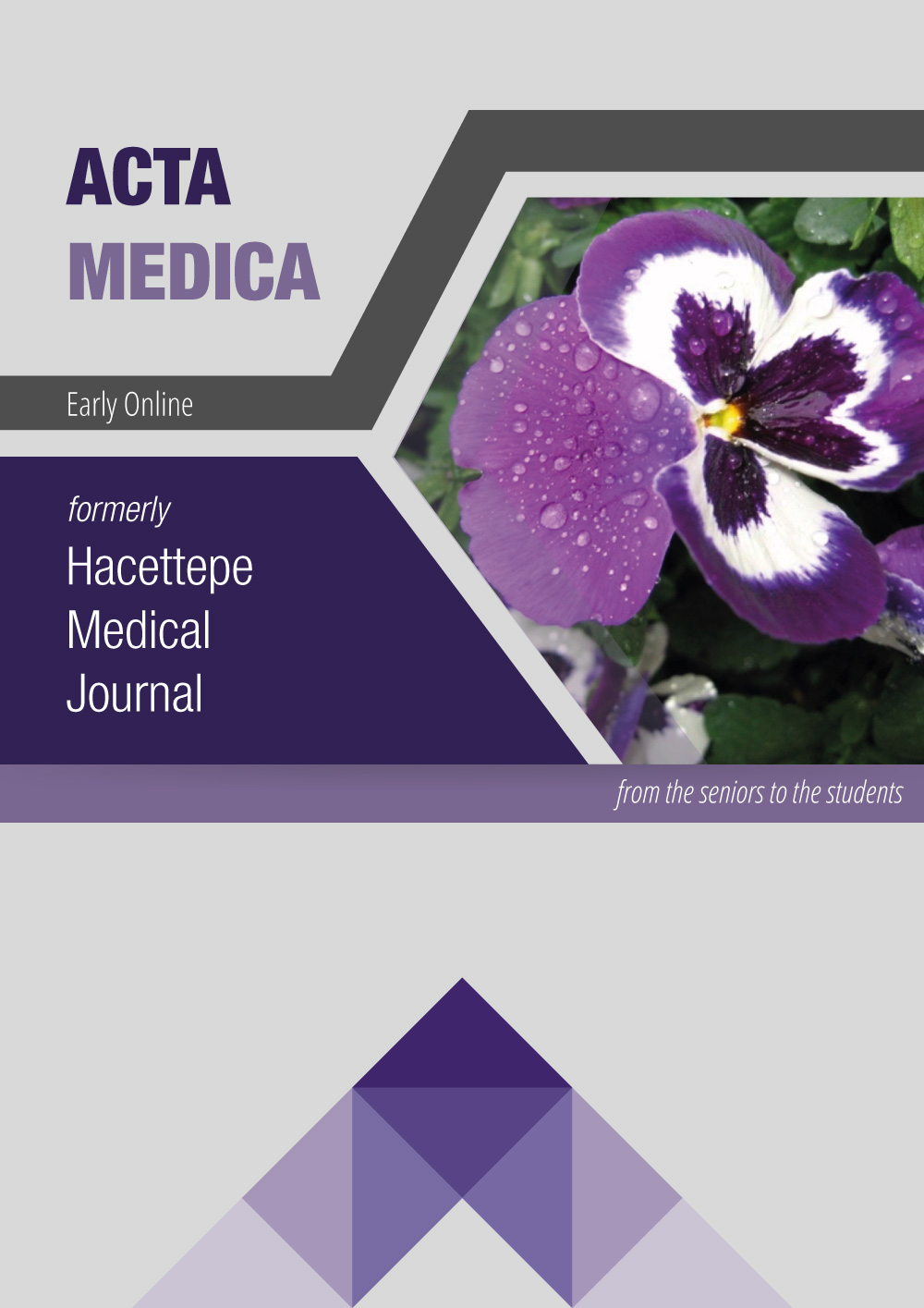Flaps of the abdominal wall
DOI:
https://doi.org/10.32552/2024.ActaMedica.1031Keywords:
Abdominal Wall, Free Tissue Flaps, Microsurgery, Musculocutaneous Flap, Pedicled Flap, Perforator FlapAbstract
Objective: The deep inferior epigastric artery perforator (DIEP) and transverse-vertical rectus abdominis myocutaneous (TRAM, VRAM) flaps are derived from the anterior abdominal wall and can be free or pedicled. This study aimed to analyze the differences in postoperative complication rates among various types of abdominal flaps and to assess the impact of chemotherapy (CT) and radiotherapy (RT) on surgical outcomes.
Materials and Methods: A retrospective study was conducted, analyzing abdominal flap operations performed between 2016 and 2023. Data on demographics, defect location, mesh use, and postoperative chemo-radiotherapy were collected. Quantitative variables were evaluated as means, minimum-maximum values, and categorical variables were assessed as percentages.
Results: A total of 37 patients underwent 38 operations. Of these, nine patients had pedicled TRAM flaps, 16 had free-TRAM flaps, 6 had free DIEP flaps, and 6 had VRAM flaps. The defect locations were predominantly for breast reconstruction (81.08%), followed by head and neck (8.1%), extremity (8.1%), and thoracic wall (2.7%). The overall donor site complication rate was 5.4%, and the flap site complication rate was 13.51%. The lowest donor site complications were observed in the free-TRAM and VRAM groups (0%), while the highest were in the DIEP group (16.66%). The lowest flap site complication rate was 0% in the free-TRAM group, and the highest was 33.33% in the VRAM group. Donor site complication rates were similar between the mesh-used (5.88%) and non-mesh-used (5%) groups. All donor site complications occurred in patients who received postoperative CT and RT.
Conclusion: Abdominal flaps were primarily utilized for breast reconstruction. The free-TRAM group exhibited the lowest donor and flap site complication rates, while the DIEP group had the highest donor site complication rates. Mesh use did not affect donor site complication rates. Postoperative administration of CT and RT was associated with increased donor site complications.
Downloads
Downloads
Published
How to Cite
Issue
Section
License
Copyright (c) 2024 Acta Medica

This work is licensed under a Creative Commons Attribution-NonCommercial-NoDerivatives 4.0 International License.


